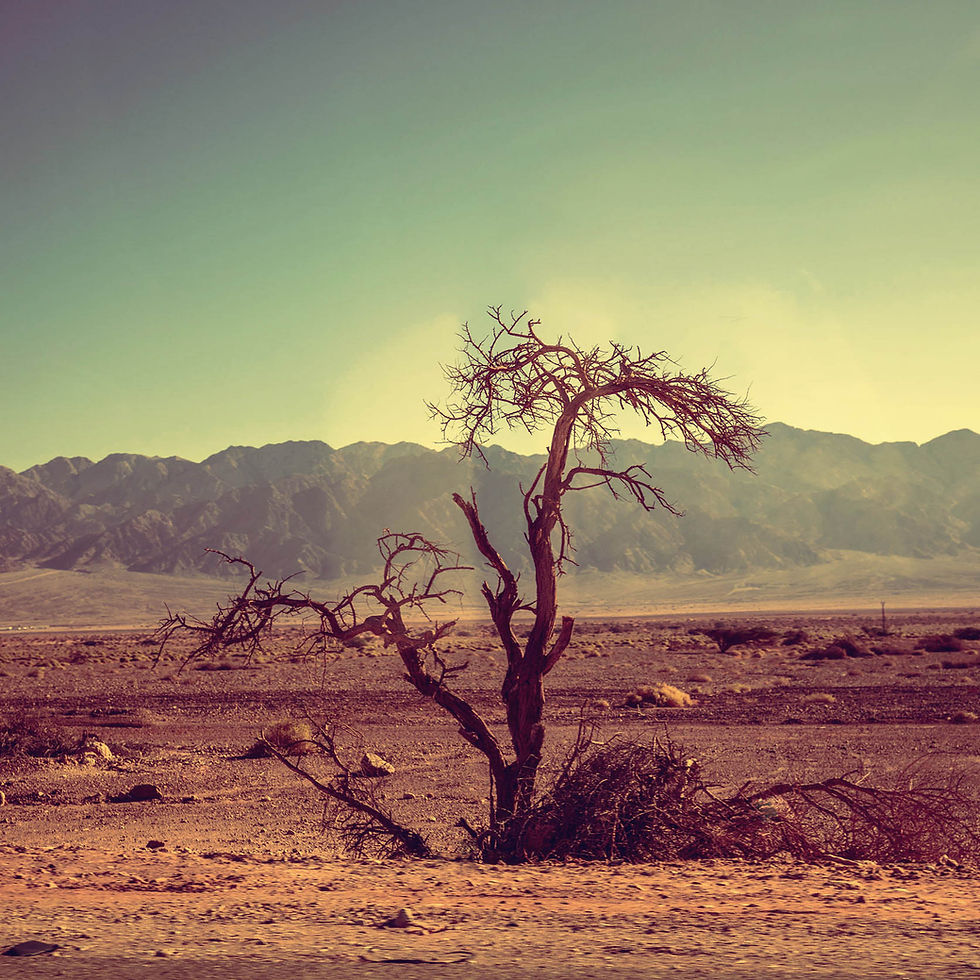The Music of Nature - the nature of music
- musicbaba8
- Feb 20
- 4 min read
Updated: Mar 20

Music and nature are inseparably intertwined, each reflecting and influencing the other in a cosmic dance of rhythm and harmony. From the grandest celestial cycles to the tiniest vibrations of subatomic particles, the universe itself can be understood as a vast, ever-evolving symphony and our earthy music as a miniature of the majestic symphony of creation.
The ancient concept of the "Music of the Spheres," first proposed by Pythagoras, suggests that the movements of celestial bodies create an inaudible harmony. The rotation of planets and their orbits create cyclical patterns, the expansion and contraction of stars produce sound waves and even the cosmic microwave background radiation, contains harmonic patterns. This idea resonates with modern scientific understanding of cosmic rhythms that find their earthly echoes in the cycles of days, seasons, and years, forming the underlying beat of life on our planet.
Nature is perfectly balanced and all its elements are arranged according to an inner order and structure. There is a perfect chaos within those laws of nature and a fine balance of order and freedom, creation and destruction; an eternal river flowing from nowhere to everywhere.
Nature is in a a pure state of existence, unfolding and changing constantly, ever new and still ever the same, permanent and impermanent at the same time. Every seed knows, every plant knows, every stone knows and every drop of water knows its place and function in the whole; nature knows it all. The natural world can be a messenger and teacher for us to learn and remember that kind of knowing.
Stones represent the most ancient beings on our planet, embodying intelligence and wisdom accumulated over millions of years. Organic life demonstrates nature's profound cycle of existence - from seed to growth, blossoming, fruiting, and eventual decay. Each organism represents a complete universe unto itself.
Animals are not merely creatures but companions, each possessing a distinct character that mirrors human personalities. In many indigenous traditions, animals were revered as sacred messengers bridging the natural and spiritual worlds.
Nature's fundamental operating principle is the harmonious cooperation of elements. Each element performs its unique function perfectly, creating a delicate yet powerful balance that sustains life's intricate web.
This holistic perspective invites us to recognize nature as a living, intelligent system where every being plays a crucial role in maintaining universal harmony.
The natural world is reach in sound and musical expressions, from the haunting songs of whales to the complex melodies of birdsong, nature's music is diverse and ever-present. The sound of flowing water, falling rain, roaring thunder and rustling leaves form a constant backdrop to life on Earth, a reminder of our place within the greater symphony of existence.
Making music in its origin and essence is a primal experience of remembering and recreating the music of nature and answering the call and mystery of existence.
It can be seen as an attempt to capture, interpret, and harmonize with the rhythms of nature. Early humans likely imitated environmental sounds, such as birdsong, flowing water, and rustling leaves, to create the first forms of music1. These natural sounds served as both inspiration and a means of communication.
The intimate connection between music, nature, and human instinct has deep roots in our evolutionary history and cultural development. This relationship is evident in the musical practices of ancient and indigenous cultures, where music served as a vital link between humans, nature, and the spiritual realm. It played a crucial role in maintaining harmony within the community and with the natural world. Different types of music were used for specific purposes such as marriage, hunting, funerals, and war, each charged with clear intention and meaning. Musical rituals served to bring balance to the tribe and foster a connection with the forces of nature and the act of making music was seen as a form of communion between humans, nature, and the divine.
The Shaman of the tribe plays a multifaceted role as musician, healer and priest. He serves as a mediator between the human and spiritual realms. Shamans often incorporate animal cries and bird calls into their performances and use branches and leaves, as well as rattles filled with organic seeds. The most essential and important instrument in shamanic rituals is the drum, which in its essence consists of a ring of wood and a skin stretched over it, the ring representing the cosmic cycle and the skin the living force. Every drum resembles the rhythm and pulse of the universe, the heartbeat of the big mother. This intimate connection between shamanic music and nature reflects a worldview where humans are not separate from the natural world but are an integral part of it. The shaman's music serves as a bridge, allowing the community to reconnect with nature and the spiritual forces that govern it.
The deep connection between music, nature, and human instinct reflects our species' evolutionary history and our innate need for expression and communion. By exploring and understanding the origins and impact of music, we gain a greater appreciation for its role in shaping human culture and our place within the grand symphony of existence.
As we face unprecedented environmental challenges, reconnecting with the music of nature can inspire us to live in greater harmony with our world.
By attuning ourselves to the rhythms of the cosmos and the melodies of the Earth, we may find not only a source of beauty and inspiration but also a guide for sustainable living. In the end, music reminds us of our fundamental interconnectedness with all of creation.
Comentários